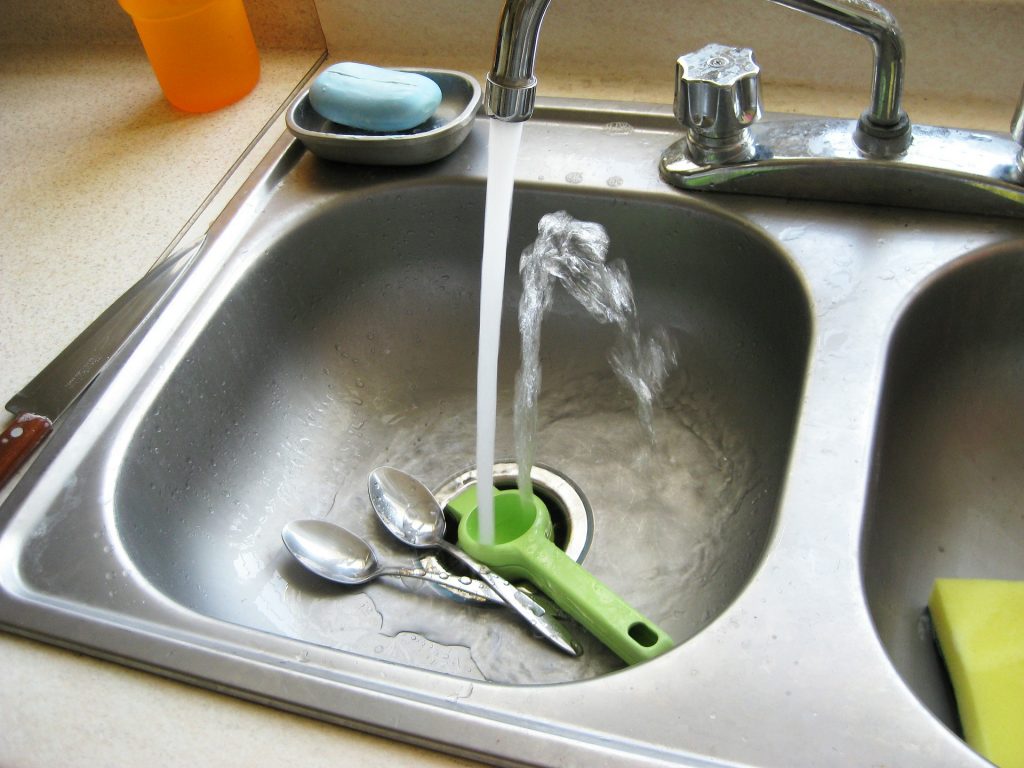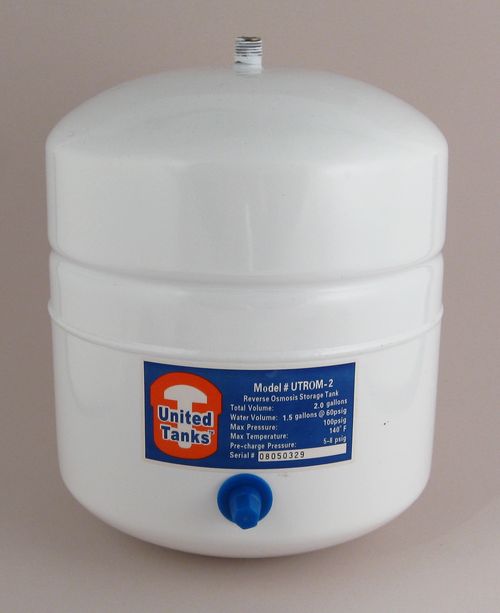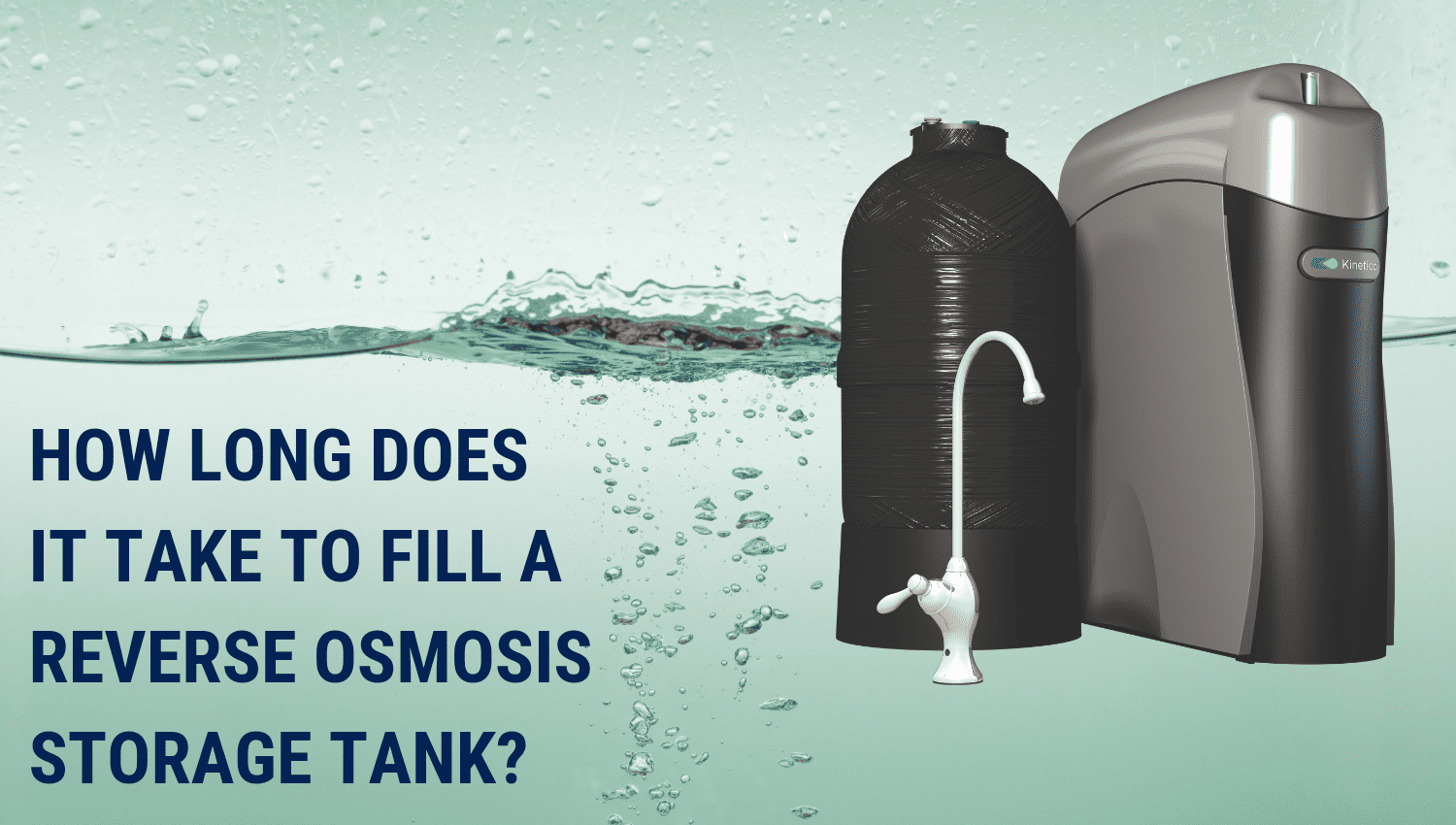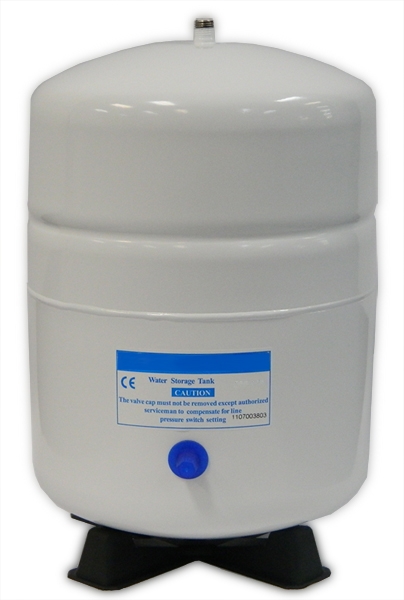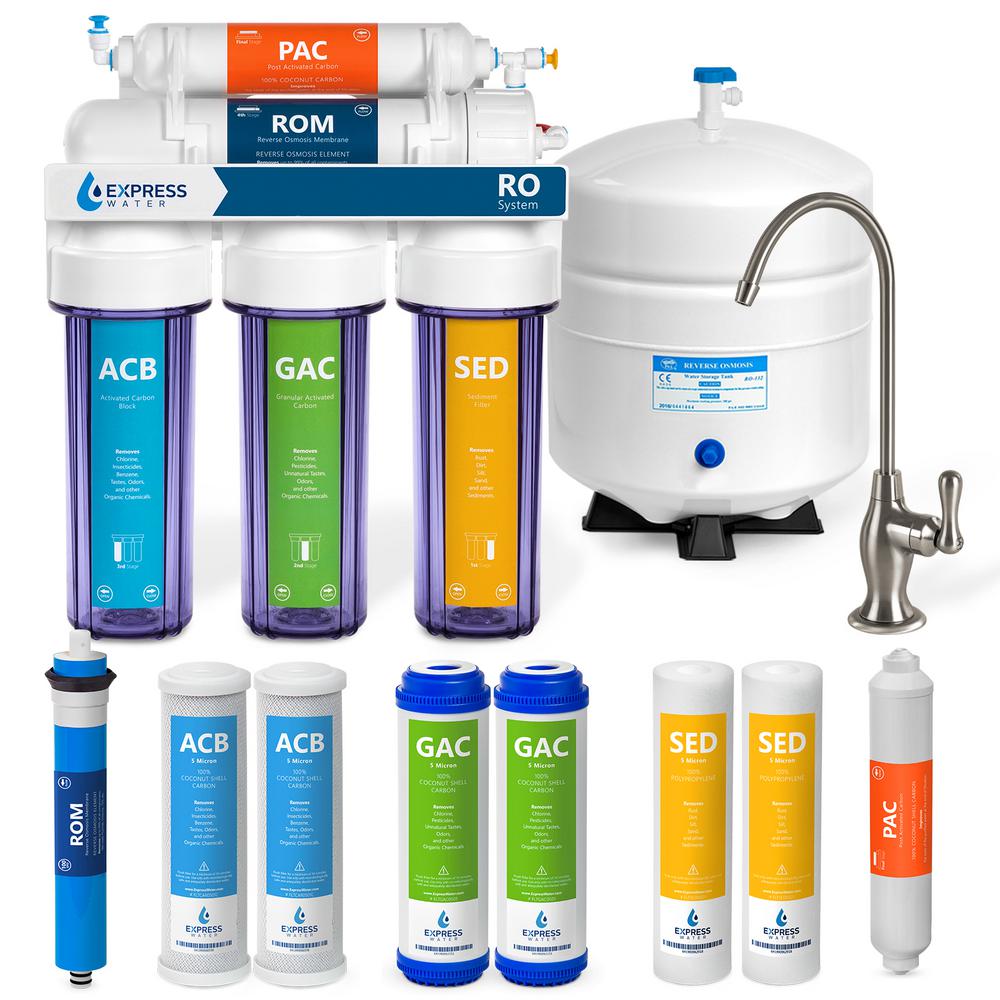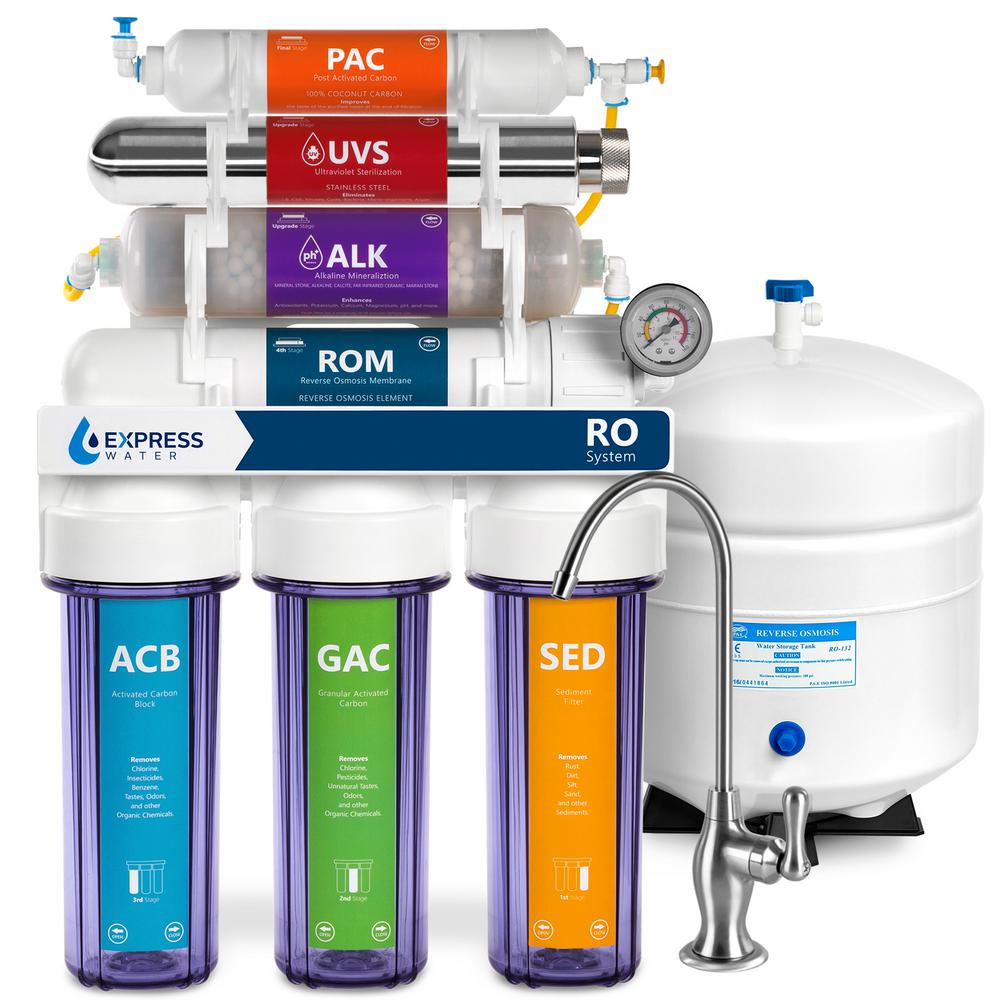Reverse Osmosis Water Tank Not Filling Up

The proper pressure is important to maintain as that will directly influence how well your ro system works and performs and how fast water can flow from it.
Reverse osmosis water tank not filling up. Reverse osmosis water doesn t usually gush out like tap water. Another possible reason for your reverse osmosis tank not filling can be due to the low water pressure. Please follow the flow rate test below. Turn off the feed water.
If your reverse osmosis system has a water tank in it that s meant for storing ro water then you ll need to periodically check the pressure in the tank and re pressurize it as necessary as a part of regular ro maintenance. Overall the pa e reverse osmosis tank is a great replacement tank when you find that your current one is not holding its pressure well. If the tank is not filling on your ro 45 or ro 90 clogged filters or components can be the factor. In the pnrv18 model the tank holds approximately 1 5 gallons and in the pnrv model it holds 2 1 gallons.
Allow four hours for the tank to fill and try again. Without a storage tank you would probably have to wait 5 10 minutes just to fill a glass of. Shut the reverse osmosis faucet off and let the tank fill up for 3 hours. It performs this task by passing filtered water across a semipermeable membrane that excludes anything larger than a water molecule.
It takes 4 hours to produce 2 gallons of water. Continue to enjoy your reverse osmosis system as usual. The water pressure decreases as the tank gets near empty since the reverse osmosis filter produces water at a slow rate. Reverse osmosis tanks are hydropneumatic meaning the tank is holding not only water but also pressurized air.
A properly installed reverse osmosis ro unit will give you water almost as pure as distillation. How long does it take to fill a reverse osmosis storage tank nbsp the short answer is it typically takes 2 to 4 hours to fill a standard reverse osmosis tank 2 8 gallons or 10 6 l. August 2 2011 leave a comment. Sometimes water will keep draining even after the tank is full causing a lot of water wastage and creating a continuous gurgling noise.
This will not be the cause if you have no such problem initially. Inside the reverse osmosis tank is both an air chamber and a water chamber divided. Much like the tire on a car the rubber bladder on the inside of a reverse osmosis storage tank can lose pressure over time. Because the reverse osmosis filtering process takes time storage tanks are a necessary component with any ro system.
Wastewater is routed away from the filter into the drain. It only drains water when it s filling up the tank.
